
You’ve read about fostering kittens on Facebook. Maybe your local shelter has asked for volunteers to foster. Perhaps you have a friend who has fostered multiple litters. It’s that time of year again – kitten season! Every shelter and rescue in the country is desperately hunting for people who are willing to foster these little ones, or “bottle babies”. And every rescue has had the heart-rending task of turning down abandoned kittens because of a lack of fosters.
As an Etsy Affiliate, I earn from qualified purchases
WHAT IS KITTEN SEASON?
Because female cats go into heat according to the amount of daylight, fertility increases by mid-January. The gestation period of cats is 58 to 67 days, and kitten season stretches from early spring until late fall. Although the words “kitten season” can conjure up visions of happy little fur balls, the reality is often quite different. There are feral colonies of cats throughout the United States. Estimates of the number of ferals in the United States are upwards of 50 million. Figuring a 50% mix of males and females, and an average litter size of 3 to 5, this means that as many as 100 million kittens may be born in any one year.
Many of these kittens will die from respiratory or other diseases, be killed by male cats wanting to mate, or from predation. Many others will be orphaned while still too young to take care of themselves. Thousands of abandoned or orphaned kittens are brought into local shelters every year – most don’t make it out again.
The only way shelters can even begin to keep up with this population surge is to cultivate a pool of “bottle baby” fosters. After speaking with many fosters, cat rescue members, and kitten organizations, below are some of the things fosters do. If you’re a cat lover, if you can foster only one batch of “bottle babies” per year, over a 10 year period you will have saved 40 kittens. Reach out to your local shelter and see if they have a foster program.
WHAT OFTEN HAPPENS TO KITTENS TAKEN TO A SHELTER
The sad fact is, in euthanizing shelters, most are put down immediately. There are not enough staff members to care for the little ones who need, at minimum, feeding every two hours throughout the day and night. And, since these babies are too young for vaccinations, even with proper feeding, a shelter atmosphere may well be deadly.
In non-euthanizing facilities, intake is extremely limited due to lack of fosters. Yes, fostering is a huge time commitment for the first month or so, with the time between feedings gradually increasing. Most kittens can be completely weaned by six weeks. If you’re a cat lover, and in a position to commit to a month and a half of interrupted sleep, please look into fostering opportunities at your local rescue or shelter.
HAVE YOU FOUND KITTENS?
If so, don’t move them, unless:
- Mom has been found dead;
- They’re in immediate danger due to dogs or traffic
- You’ve spent a good amount of time, well-hidden, watching for Mom to come back. Remember, she needs to hunt to take care of her babies. And she’s unlikely to return to her family if she sees a human close.
Kittens are always better off with their mother – they get necessary antibodies from their mother’s milk and can learn socialization and survival skills while with her. Feral kittens can be taught to be comfortable around people at any time up to about eight weeks. So, it’s best to leave kittens with their Mom until they are completely weaned.
If you come across kittens, and are sure the mother is no longer involved, call your nearest cat rescue, or TNR (Trap, Neuter, Release) organization for advice. They can help guide you to the next step. It will be, much easier for them to help if you are willing to foster. Remember, fostering is at no charge to you – the rescue generally pays for all supplies necessary, and loans you anything you will need such as cages, etc.
FIRST STEPS
Fostering bottle babies is a skill just like any other, and you’ll need some training to begin. Make sure you the rescue, or other trainer gives clear and simple instructions and that someone is available to answer questions along the way.
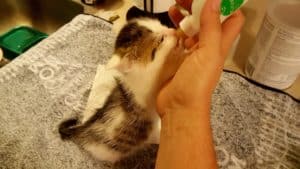
You’ll need some basic things to get started:
- A separate room that you can close off. Remember, these are teeny, tiny bundles of fur with little natural immunity. They’re also too small to vaccinate, so it’s imperative they be kept away from other cats. What might cause minor sniffles in an adult cat can be fatal for a kitten.
- A cage. If you don’t have one, no need to run out and purchase. Many shelters have an extra they can loan you.
- Heating blanket or small rice packs to keep the babies warm.
- Agreement from your entire family. For the first few weeks, most of your spare time will be spent with the kittens. Make sure your family understands and respects this. As the kittens get older, your kids can help with socialization – that’s the fun part!
- A loving heart – but the understanding that not all of these tiny lives can be saved. Expect some heartbreak along the way. But you’ll also have the joy!
FOSTERING BOTTLE BABIES – A DAY IN THE LIFE
A very experienced kitten foster shared this timeline with me – of course it will vary depending on many factors.
5:15 Wash and dry any remaining bottles or nipples from last feeding.
6:15 Make up bottles; Feed kittens and stimulate them to potty. A warm washcloth is used to gently stimulate the genitals in order for this to happen. (Scientists believe this may be an evolutionary tactic so that Mom can control when and where they eliminate, protecting them from predation.) This doesn’t last through the entire fostering period. After three weeks the kittens should be doing this on their own.
7:00 Wash and dry dishes and washcloths. (Everything needs to stay as clean as humanly possible to avoid infection.
7:30 Heat rice socks; place them and kittens in carrier with blankets to take to work. (Tiny kittens need extra warmth at all times.)
8:30 Make up bottles; feed kittens and help them to potty.
9:00 Wash and dry dishes and wash cloths
9:30 Reheat rice socks; place kittens in carrier to keep warm
10:30 Make up bottles; Feed kittens and help to potty.
11:00 Wash and dry dishes & washcloths.
11:00 Reheat rice socks; keep kittens in carrier to stay warm
12:30 pm Make up bottles; Feed kittens and help to potty.
1:00 Wash/dry dishes and washcloths
1:30 Reheat rice socks; place them and kittens in carrier to stay warm
Repeat the above round the clock – the smallest kittens need to eat every two hours. Don’t worry – it becomes less grueling as the kittens get older.
WEANING
Start weaning these babies at three to four weeks and most kittens are fully weaned at six weeks. This is when the fun part starts – socialization. Make sure the kittens are exposed (safely) to adults and children – are handled, petted, and loved. As their immune system matures and they are able to have their shots (usually at 8 weeks), it’s not a bad idea to safely introduce them to a dog, either. (Only, of course, if your dog is cat-friendly.) The more outgoing and friendly a kitten is when returned to the shelter, the more quickly they will be adopted.
SOME EXTRAS
If you’re fostering a large group, or if the kittens have very similar appearances, you’ll have to keep them straight. Some fosters use different color collars to make sure they’re not feeding the same kitten twice. You can place a stuffed animal in the crate with the little ones to provide a “mother” figure – but first check with the rescue to see if this is recommended.
OLDER KITTENS (3 TO 4 WEEKS)
If the information above is a little overwhelming for you, you might still be able to help. Check with your local rescue – maybe they have a bottle baby foster whose charges are now older. The shelter may love having someone who will take on these older guys so that their experienced bottle baby foster can concentrate on a new litter. Feeding times are longer apart, and you can have the fun of turning these guys into socialized house pets.
RETURNING YOUR BABIES TO THE SHELTER
Depending on the rescue’s policies, kittens can be taken back to the shelter for adoption after their first or second vaccine. This is at about eight weeks for healthy kittens, a little longer for the tinier ones. Every veterinarian has their own recommendations on vaccines, and research is always evolving. Don’t worry – you are not financially responsible for paying for the vaccinations – the shelter will either do it themselves (where legal), or make an appointment for them to go to the veterinarian.
There is no doubt, it will be hard to give them up. And you can always become a “foster fail” and adopt one of your charges. Whichever path your choose, give yourself a huge pat on the back for having saved tiny creatures that would otherwise have perished. And, if fostering is something you love, there will never be a shortage of kittens in need.
BENEFITS TO YOU
While interviewing successful fosters for this post, I discovered a couple of themes that ran through all of them. “Rewarding” is the first one, the second was “fulfilling”. One woman expressed how good it felt to be truly needed and to feel the gratitude and love of their foster babies. Although many mentioned exhaustion, none spoke of it as other than a positive influence in their lives. “It’s the best job I’ve ever had!” said one committed foster.
CONTACTING THE SHELTER/RESCUE
If you love cats and you have the availability to help, please step forward as a bottle baby foster. Call your local animal rescue organization and ask if there’s a need. If there isn’t at that particular shelter (some don’t take cats at all), they’ll be able to refer you to a rescue that does need volunteers. If everyone who could became a foster for just one litter each year, thousand of kittens could be saved.

WHAT ARE THE BENEFITS TO MY FAMILY OF FOSTERING KITTENS?
Fostering kittens is a great opportunity for a stay-at-home Mom if your kids are past the toddler stage and don’t need so much constant attention. It will help teach your children compassion for those weaker than they are. People who work from home, or retired people often have lifestyles that would support fostering. I’ve also known of a few employees of veterinary clinics who take their tiny charges with them to work every morning. (However, most bosses would object to this, so tread lightly!!) If you have an emergency which limits your availability for a day, don’t worry. Rescues understand that everyone has a life, and they can usually break someone free to help out for a feeding or two.
The rescue will require that you go through some sort of training, either through the shelter, or through a group like the National Kitten Coalition that supports shelters in their mission to save kittens. Please take full advantage of this – the more you know, the more successful your foster experience will be. There will likely be a brief home visit as well, just to confirm that you have a separate room that you can use for the little ones. And, most importantly, there will be SUPPORT. No rescue will let you flounder if there’s a problem or a question. The rescue will applaud your efforts and, to those tiny lives, you will be a hero!
For more ways to help at the shelter, check out these earlier posts.
All photos in this post provided by Carrie Angel Photography
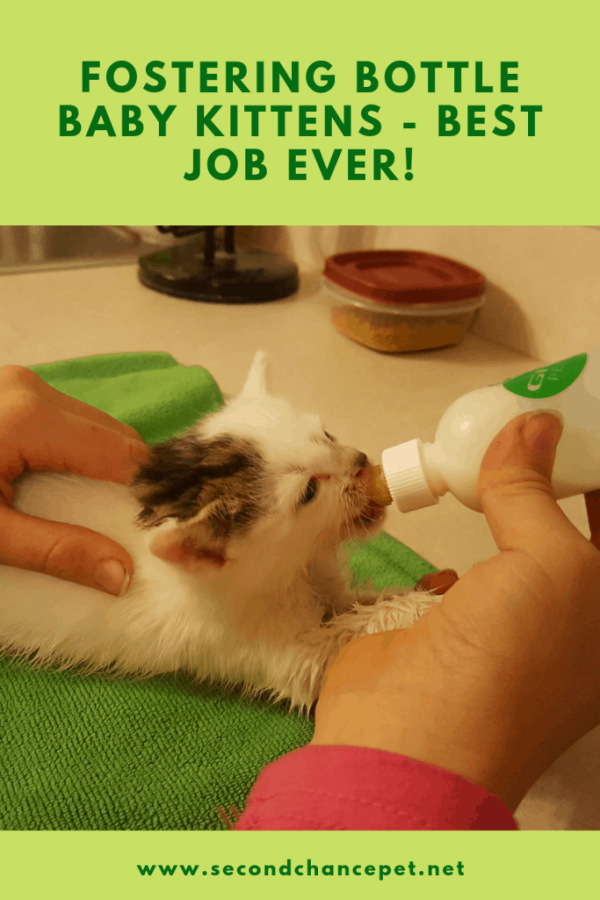
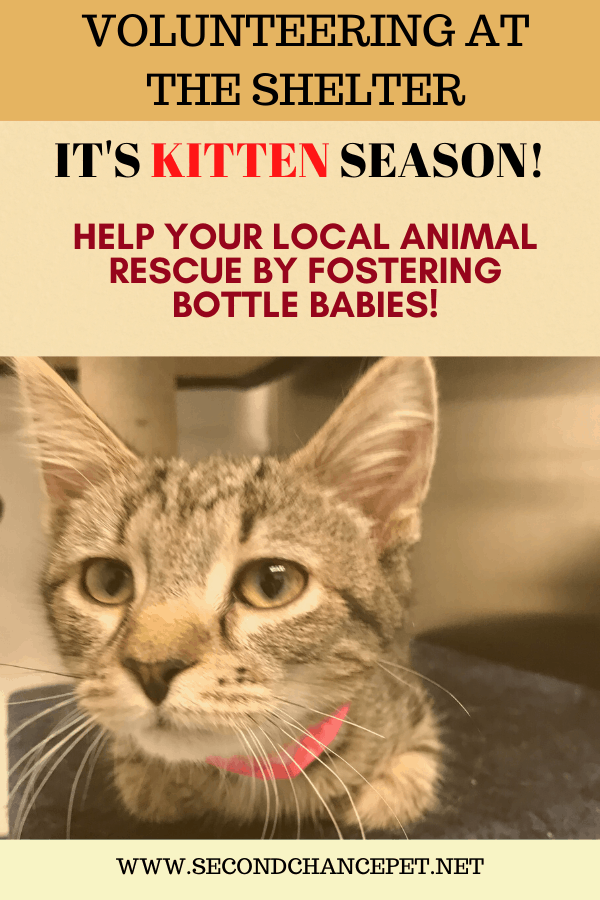
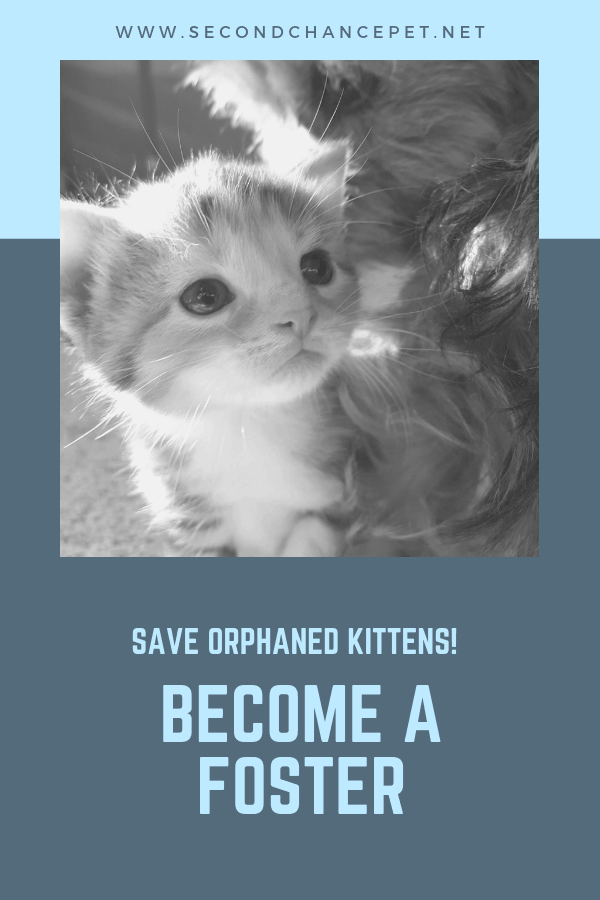
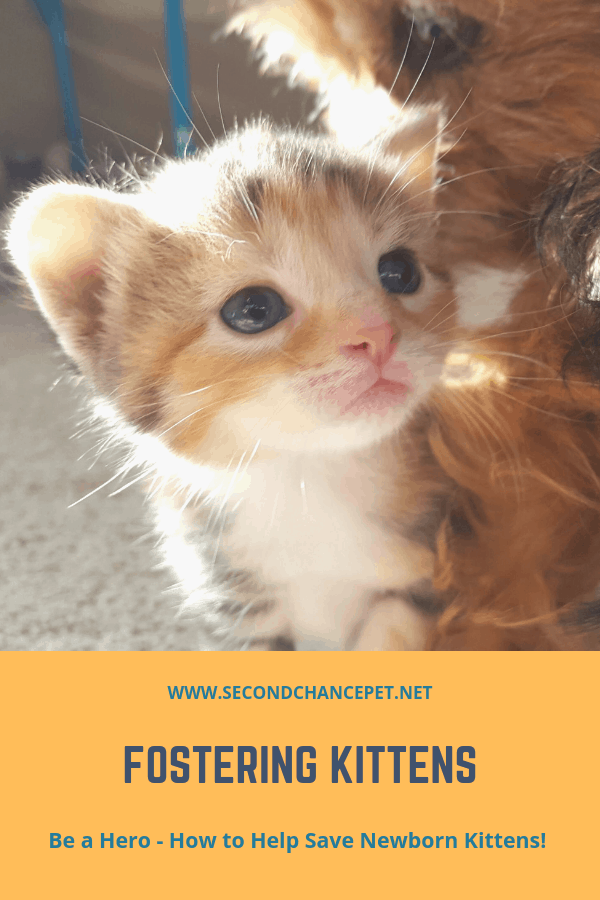
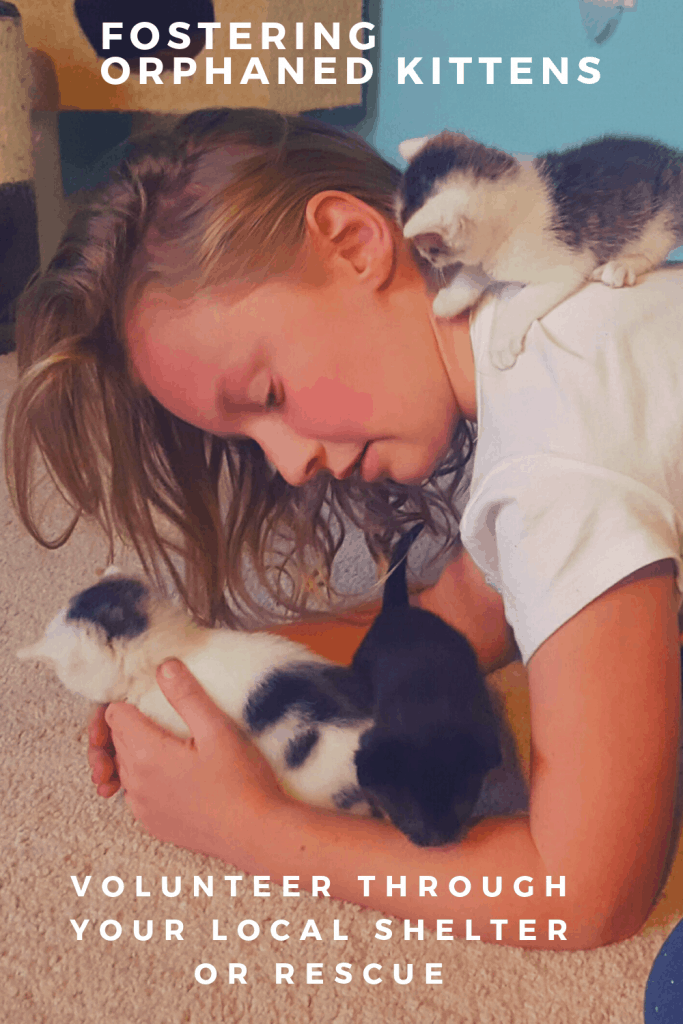


This Post Has 9 Comments
Love the kitten pictures! I’ve thought of adopting from shelter before, but never got around to it. Maybe when I retire and have more time.
Those photos were all taken by Carrie Angel, of Angel Photography – a friend and an excellent photographer. And thank you for thinking of adoption – there are thousands of pets searching for their forever homes, each one adopted is a life saved!
Wow good for you! You’re doing something amazing for this world. I’m sure your compassion is not limited to kittens 🙂 Keep it up 🙂
Thank you, Viki! I appreciate the compliment.
Wonderful article & great education on fostering kittens. I love cats too
😍😍😍 I’ve ALWAYS wanted to foster kittens!! I have too many animals of my own right now, and a full-time job; however, after reading this great post, I may think about it more seriously in the future! Thanks for the great information!
You’re welcome, Cheryl. It’s a hard thing to do, but so rewarding in the end.
Comments are closed.